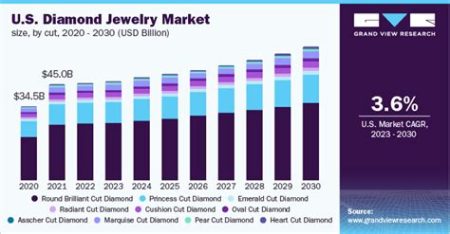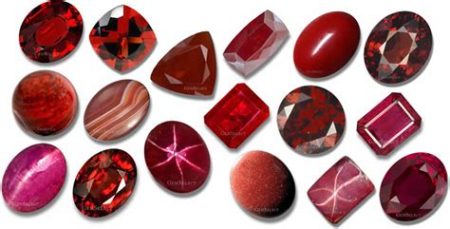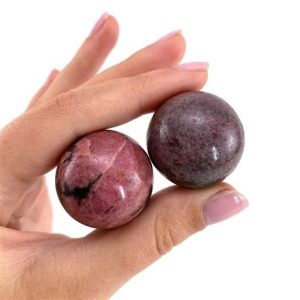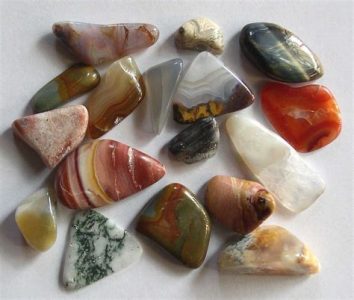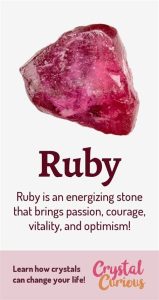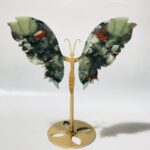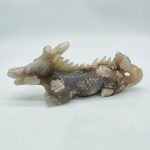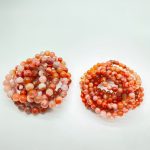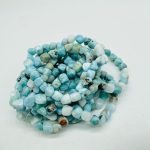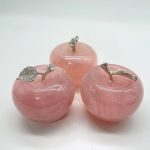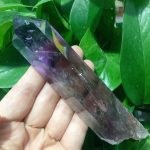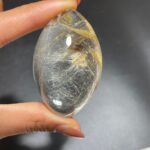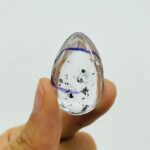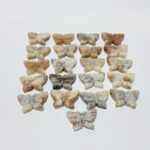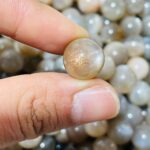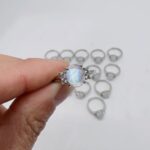Celestite, a celestial blue crystal, invites comparisons with its uncanny resemblance to gypsum. Both minerals exude elegance and possess a story worth exploring.

Celestite Crystal: A Heavenly Stone
Celestite crystal, a sulfate mineral, earns its name from the Latin word “caelestis,” meaning “heavenly.” Its vibrant azure hue, reminiscent of the sky on a clear day, captivates the eye. Found primarily in sedimentary rocks, celestite forms tabular or prismatic crystals with a hardness of 3.5 on the Mohs scale.
Blue Gypsum: A Terrestrial Cousin
Blue gypsum, a hydrated calcium sulfate mineral, shares a striking resemblance to celestite. However, it differs in chemical composition and origin. Gypsum, found in sedimentary and hydrothermal environments, forms monoclinic crystals with a hardness of 2 on the Mohs scale.
Celestite Crystal VS Blue Gypsum: A Tale of Two Crystals
| Feature | Celestite Crystal | Blue Gypsum |
|---|---|---|
| Chemical Composition | Strontium sulfate (SrSO4) | Calcium sulfate dihydrate (CaSO4·2H2O) |
| Crystal System | Orthorhombic | Monoclinic |
| Hardness | 3.5 | 2 |
| Cleavage | Perfect in one direction | Perfect in two directions |
| Luster | Vitreous to pearly | Vitreous to silky |
| Transparency | Transparent to translucent | Transparent to opaque |
| Color | Azure blue | Light blue to white |
Applications: Beyond Adornment
Celestite crystal and blue gypsum find applications beyond aesthetics.
-
Celestite Crystal:
- Scintillating in jewelry and home décor
- Used as a strontium source in pyrotechnics
- Potential in medical imaging, due to its ability to emit blue light
-
Blue Gypsum:
- Versatile in construction materials, such as drywall and plaster
- Utilized as a soil amendment to improve water retention
- Potential in the paper industry, as a filler and coating material
Conjuring Celestial Energies
Celestite crystal and blue gypsum are believed to possess metaphysical properties. Celestite, known as the “stone of peace,” is said to promote tranquility and emotional healing. Blue gypsum, associated with communication and self-expression, is thought to enhance clarity and creativity.
Market Trends and Emerging Opportunities
The global celestite crystal market is projected to surpass $30 million by 2025, driven by growing demand from the jewelry and home décor industries. Blue gypsum, with its abundance and affordability, remains a popular choice in construction and agriculture.
However, concerns about strontium mining and environmental sustainability may impact the future of celestite crystal.
Common Pitfalls to Avoid
- Confusing celestite with blue gypsum due to their similar appearance
- Mishandling celestite crystals, as they are prone to breakage
- Overexposure to blue gypsum dust, which can cause respiratory irritation
A Step-by-Step Guide to Identifying Celestite Crystal
Step 1: Examine the color. Celestite crystal exhibits a vibrant azure hue.
Step 2: Check the hardness. Celestite crystal is harder than blue gypsum, with a Mohs hardness of 3.5.
Step 3: Observe the cleavage. Celestite crystal has perfect cleavage in one direction, while blue gypsum has perfect cleavage in two directions.
Step 4: Consider the transparency. Celestite crystal is typically transparent to translucent, while blue gypsum can be opaque.
Step 5: Consult with a gemologist or mineralogist. For definitive identification, it is advisable to seek expert assistance.
Conclusion
Celestite crystal and blue gypsum, celestial and terrestrial wonders, each possess unique qualities and applications. Their allure extends beyond their aesthetic charm, reaching into the realms of metaphysics and industry. As the world continues to embrace the power of crystals, celestite and blue gypsum will undoubtedly continue to enchant and inspire.
Additional Information:
- Celestite crystal is also known as “celestine” or “celestine spar.”
- Blue gypsum is sometimes referred to as “selenite” or “blue calcite.”
- Celestite crystal is a popular choice for meditation and crystal healing.
- Blue gypsum is said to promote spiritual growth and awareness.
- The price of celestite crystal varies depending on its size, quality, and source.

